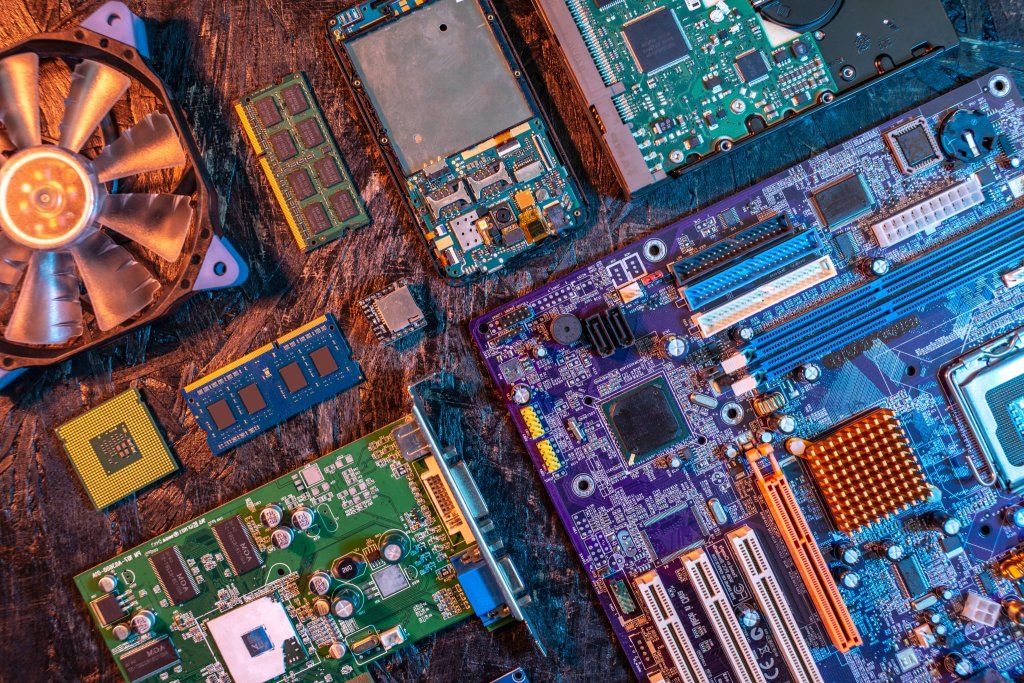
If the CPU (processor) is the brain of your computer, the motherboard is its heart, serving as the point of connection and communication for all of its many components. Therefore, if your motherboard has a problem, it is a bigger issue than just replacing one component.
In general, motherboards are resilient to the damage caused by regular use. There are a few steps you can take to make sure it keeps working properly, though. Before any other component, the motherboard needs to be safeguarded against damage.
If you avoid any of these common mistakes that could damage a computer motherboard, you’ll save yourself a lot of trouble many business listings.
1 – Look for short circuits.
While laptops do occasionally experience this issue, desktop PCs tend to have it more frequently. There is a potential of a short circuit if the PC hasn’t been installed correctly, regardless of whether you prefer to build your own or purchase one assembled from somewhere.
Sometimes faulty CPU coolers cause irreparable motherboard damage. This is why it is important to check for loose wires and make sure they are connected to the proper ports before constructing computer business listings.
You must correctly fit the motherboard into the case while constructing your PC. You may secure the motherboard to the case with a few screws. Make sure every screw is in place and that it is tight. A motherboard can be destroyed by a single unsecured screw; it does occur!
In other words, your computer’s inside should be orderly and tidy. A short circuit may result if the motherboard accidentally comes into contact with something.
2 – Beware of Power Surges.
The motherboard of your computer is connected to the power supply unit (PSU). It’s essential to buy the right PSU for your requirements because if your components need more power than the PSU can provide, the motherboard or the components could break down.
The more frequent problem with motherboards, though, is power surges. Your home may have power-hungry items like refrigerators and air conditioners. Have you ever noticed that your lights start to flicker as soon as these devices turn off? They had to draw more electricity as a result, which caused a spike.
The current needs a few seconds to regulate when they turn off. And during those few intervals, it is diverted to other electronics, such as your computer or lighting. The simplest reason of a power surge is as stated above.
The majority of motherboards and power supply units alter their voltages to handle minor power surges. However, if it’s a huge one, it can destroy your motherboard and every piece of equipment attached to it. It’s a significant problem and one of them that we frequently fail to appropriately account for. Investing in a reliable surge protector for your PC is the only remedy free business listings.
3 – Make sure the vents are clean.
Electronics are harmed by heat. To function effectively, computer components need to remain cool. However, they produce a lot of heat on their own. Therefore, heat dissipation, whether by fans or heat sinks, is essential for computers.
You should clean the ventilation vents on your laptop or computer if it frequently overheats. The motherboard can occasionally become damaged by excessive heat, leaving you with a shorted motherboard that is challenging to fix. In addition, you can swap out and install a better CPU cooling fan to maintain a reasonable temperature.
4 – Compatibility Issues
Another error that some users commit is attempting to install inferior or incompatible parts on a motherboard. Before putting a PC together, it is crucial to confirm that all of the parts are compatible.
Make sure you purchase high-quality components for your motherboard as well. Don’t skimp on components like premium RAM or a reliable power supply if you’re trying to create an expensive computer.
As was previously said, heat is the enemy of electronic components. When purchasing components like graphics cards, keep this in mind. Due to fan design and other factors, some graphics cards are more prone to overheating. Try to stay away from these.
5 – Inadequate Handling.
Are you interested in learning how a motherboard is damaged? In addition to the aforementioned causes, poor installation of a motherboard handling is another potential. Make sure you have an anti-static mat and wristband on hand before you assemble your computer.
When handling your motherboard, always place it on an anti-static pad. Your motherboard may sustain irreparable damage from a single static shock.
Avoid touching the motherboard’s circuitry is another crucial consideration. Hold it by the edges whenever you lift it. Additionally, when installing the motherboard, tighten each screw evenly across the board’s corners; that is, don’t tighten one screw all the way before adding the next.
Leave a comment